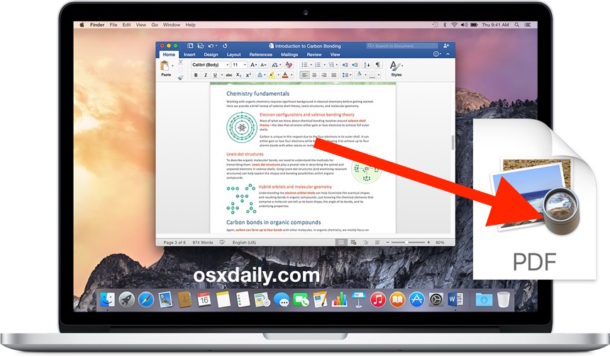

In Word 2007, Word 2003, Word 2002, and Word 2000, you open a Web page document that was created in Word 2000 and saved as a Web page. You resave it as HTML (*.htm, *.html, *.htx), and then reopen the file in one of these later versions of Word.

In Word 6.0 or Word 95, you open a Web page document that was created (saved as Web page) in Word 2007, Word 2003, Word 2002, or Word 2000. You right-click a document and select Sharing, E-mail and PDF and then select either Convert to PDF (replaces original file) or Convert to PDF (adds separate file) from the context menu. NOTE: Unless otherwise noted, the features listed in the following tables also behave the same as listed if you do either of the following: You right-click a document and select Sharing, E-mail and PDF > Save as PDF. When you save a Word 2000 document as a Web page, Word warns you with the message "Some of the features in this document aren't supported by Web browsers" and shows you a summary of the features that are not supported and how they appear in a Web browser.

Then select 'Create PDF/XPS Document' in the center of the screen 4. Select 'Export' option that appears along the left-hand side 3. When you save a Microsoft Word document as a Web page (on the File menu, click Save as Web Page), Word automatically converts the page to HTML (Hypertext Markup Language), the language used by Web browsers to read Web pages.īecause Word displays the Web page similar to the way the page would be displayed in a Web browser (Microsoft Internet Explorer), certain types of formatting and other items that are not supported by HTML or by the Web page authoring environment, are not displayed in Word (or in Web browsers). With the document that you want to export/save as a PDF open, select 'File' from the ribbon in the top left corner 2. Limitations when you save a Word document as a Web page Summary


 0 kommentar(er)
0 kommentar(er)
